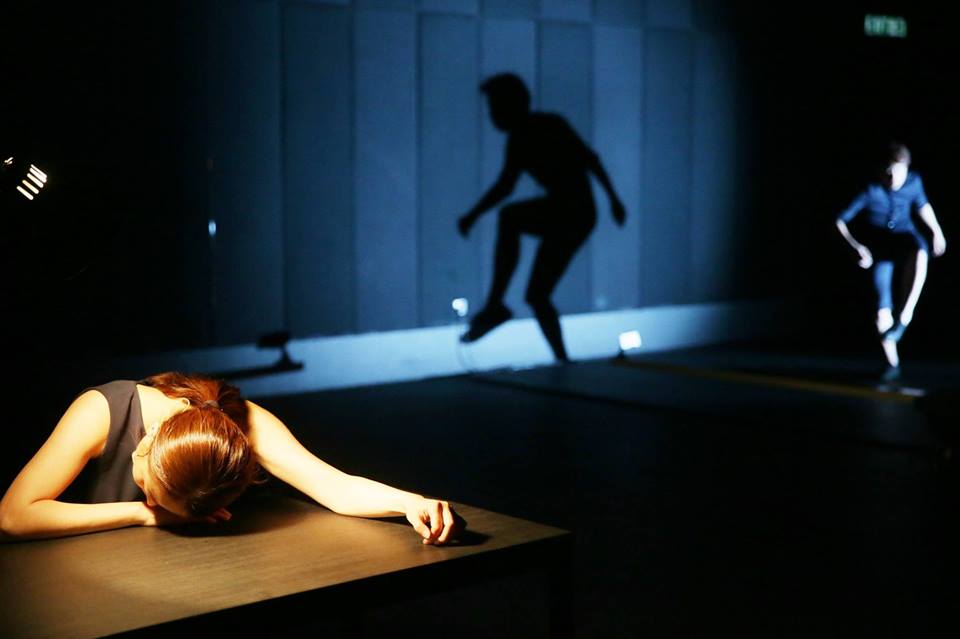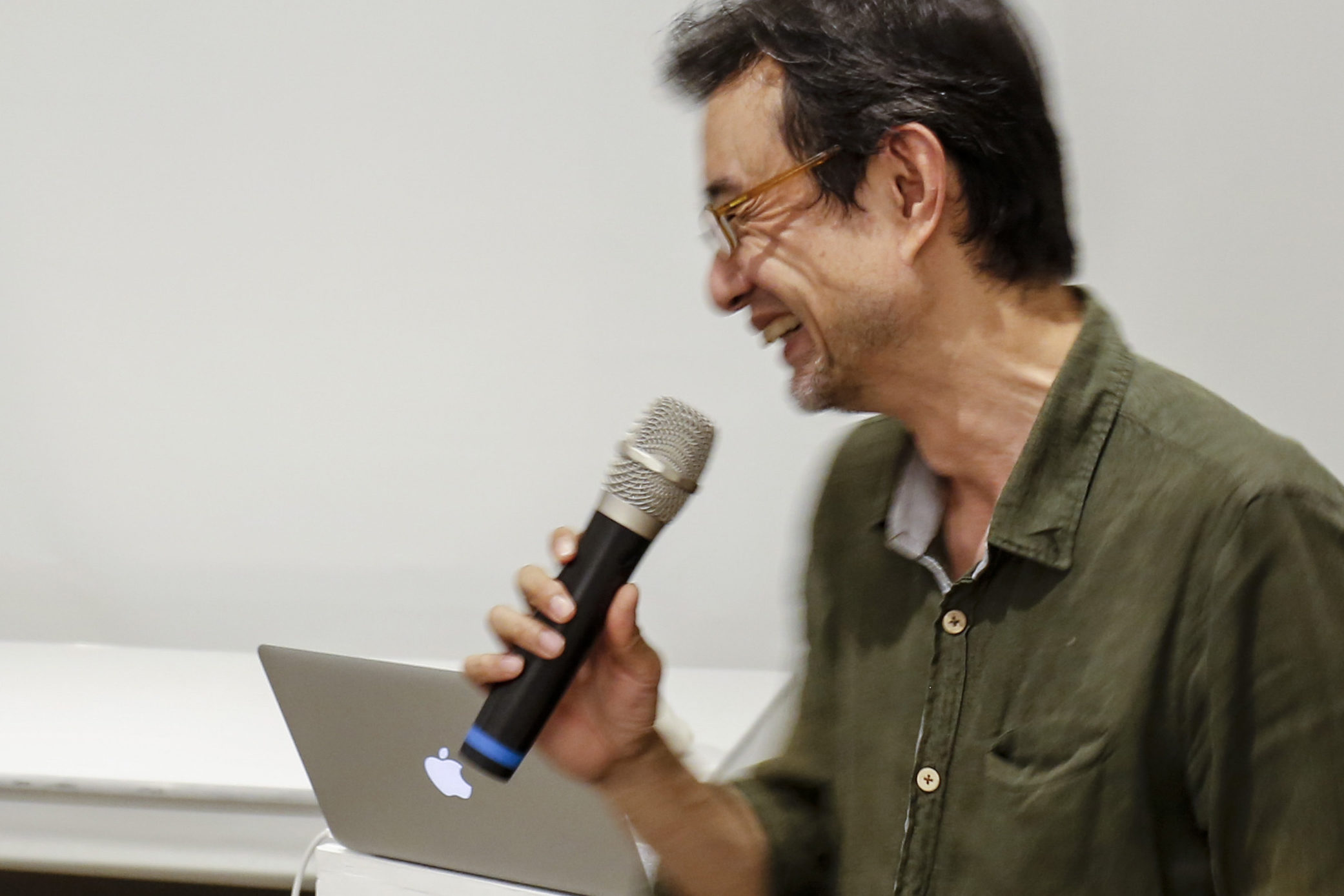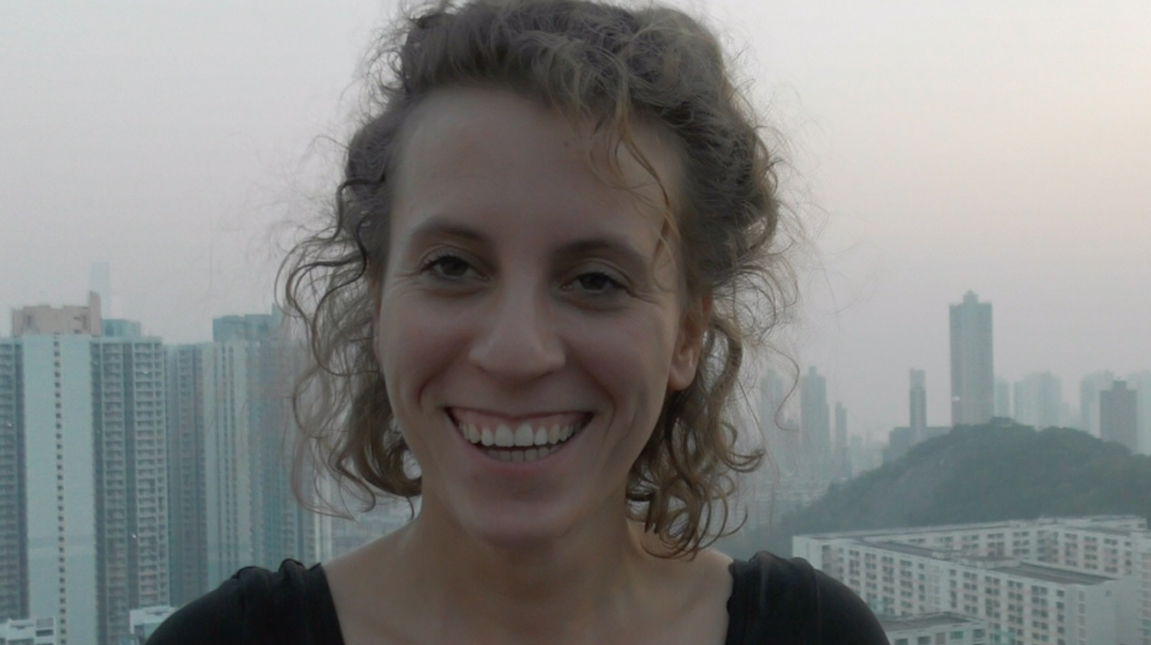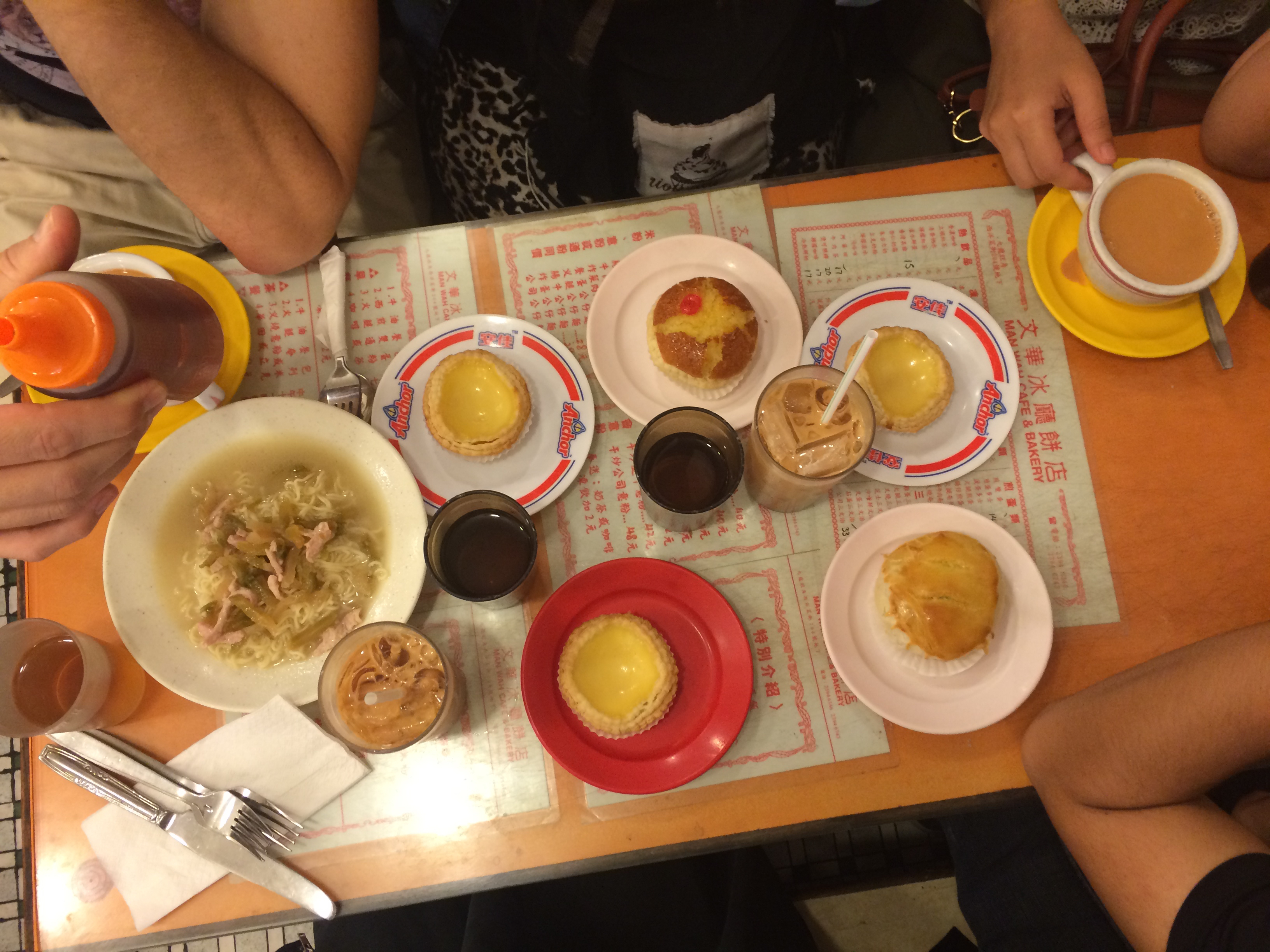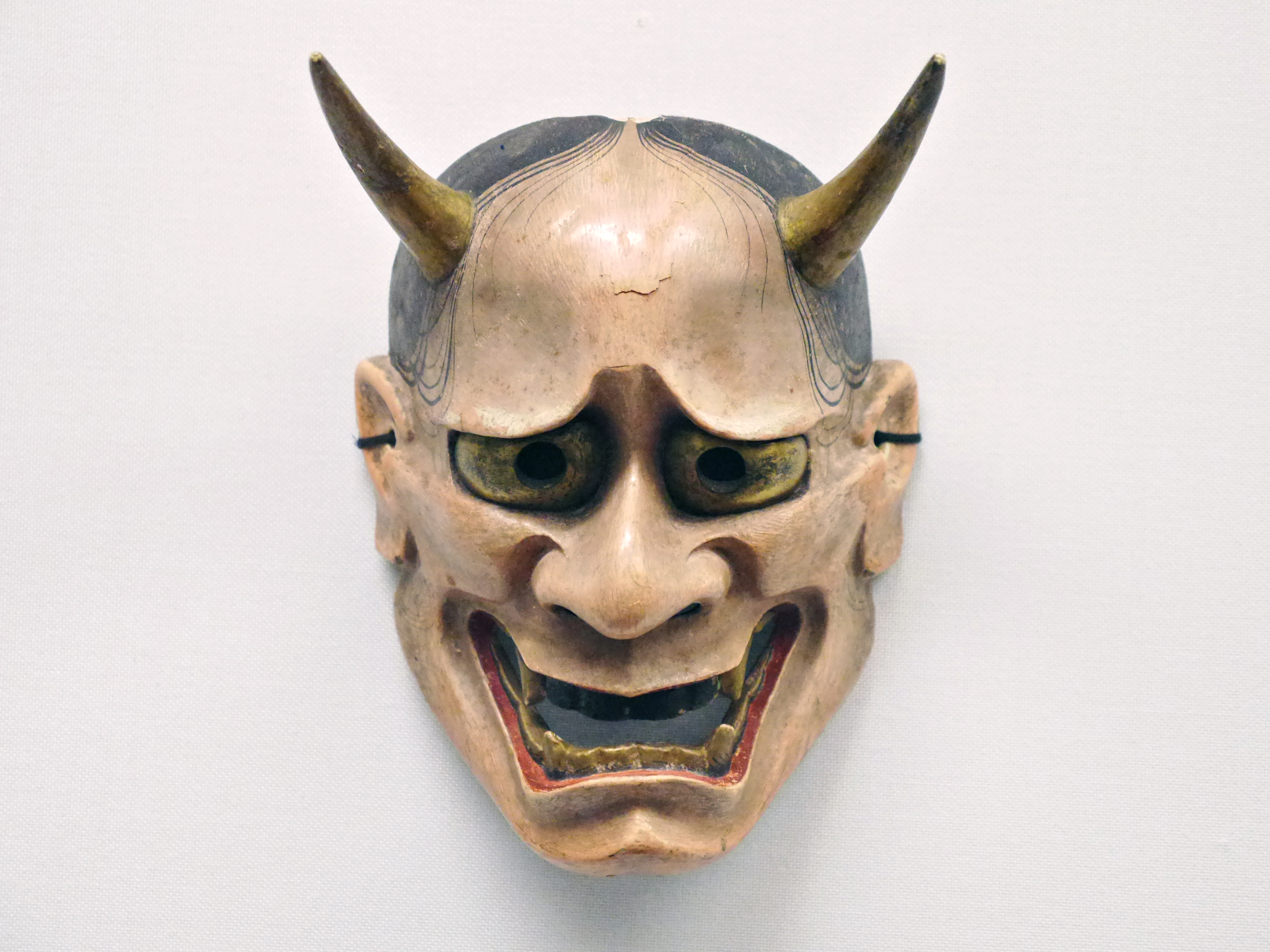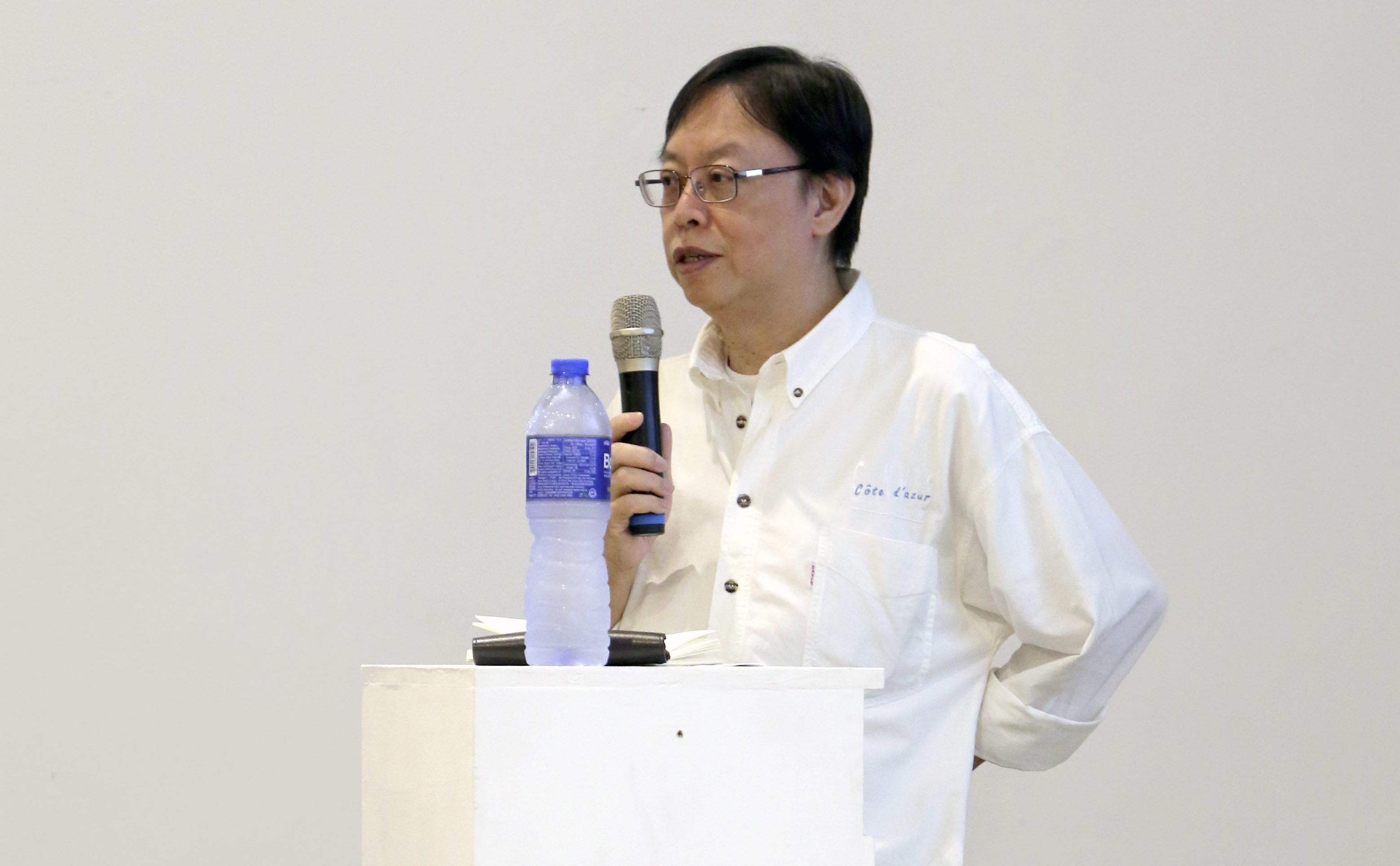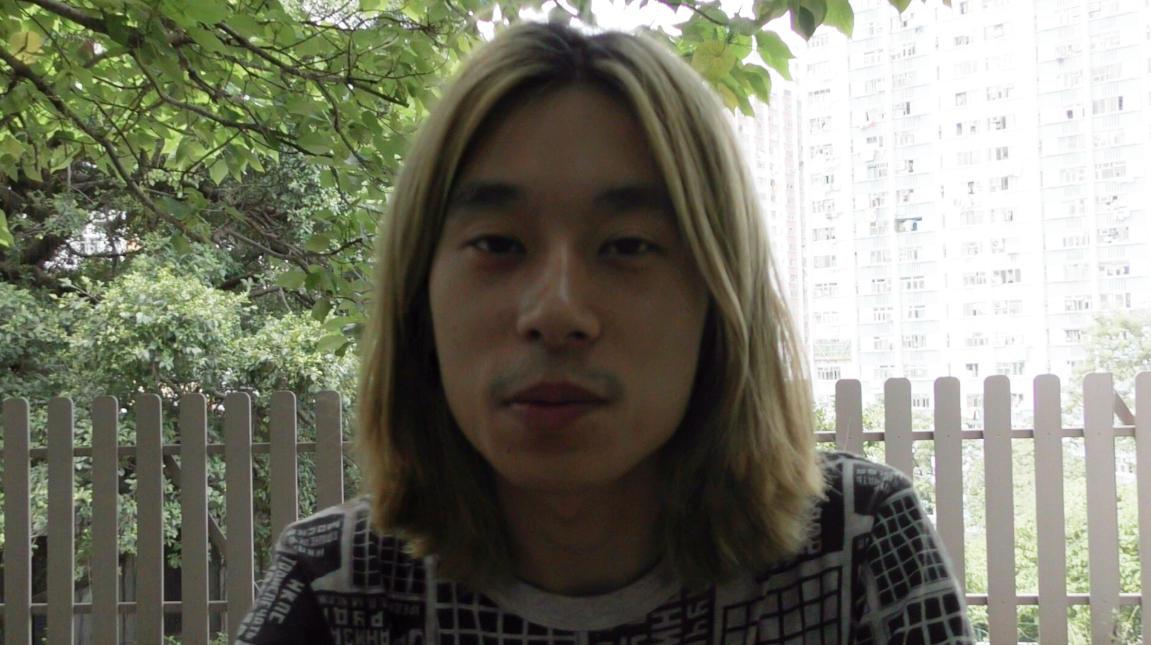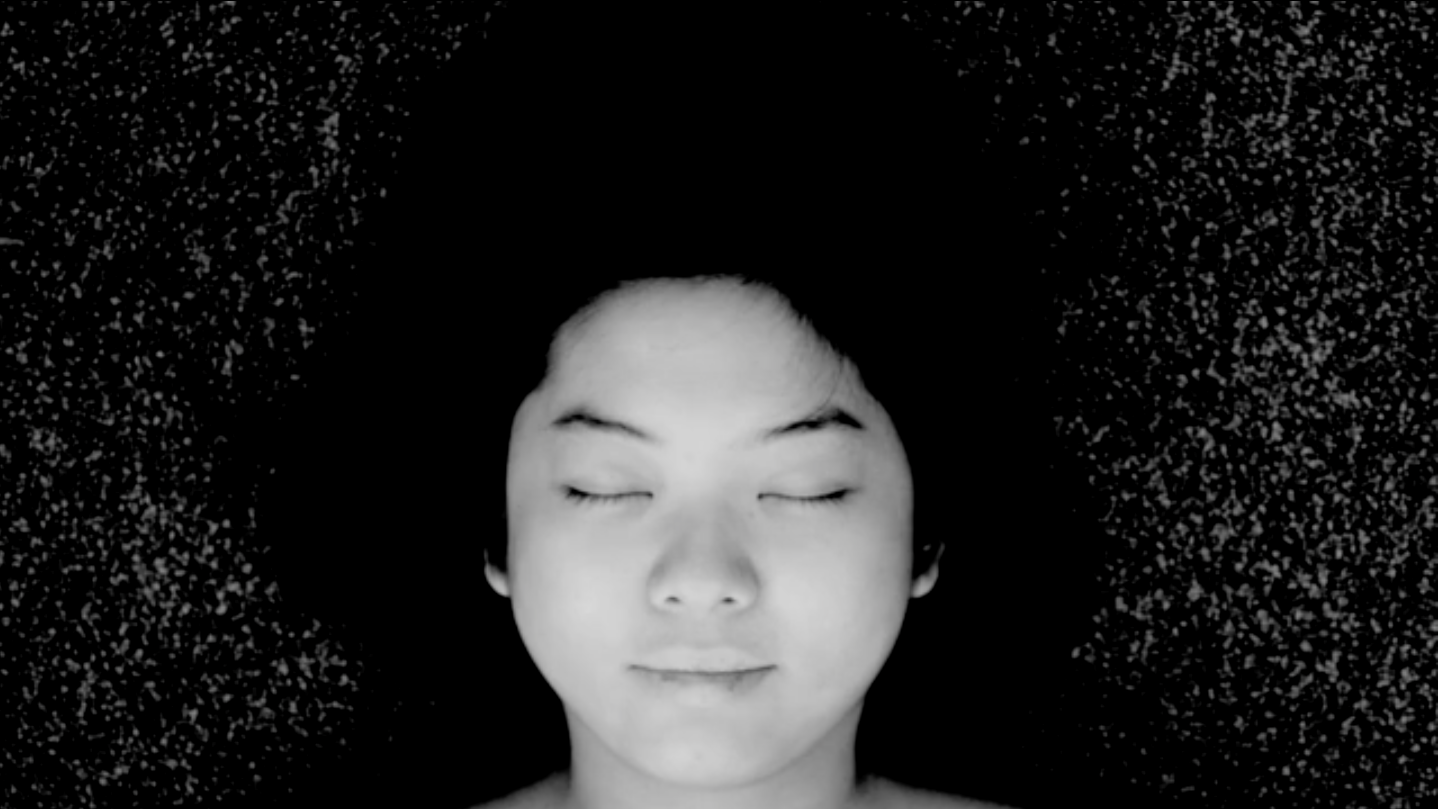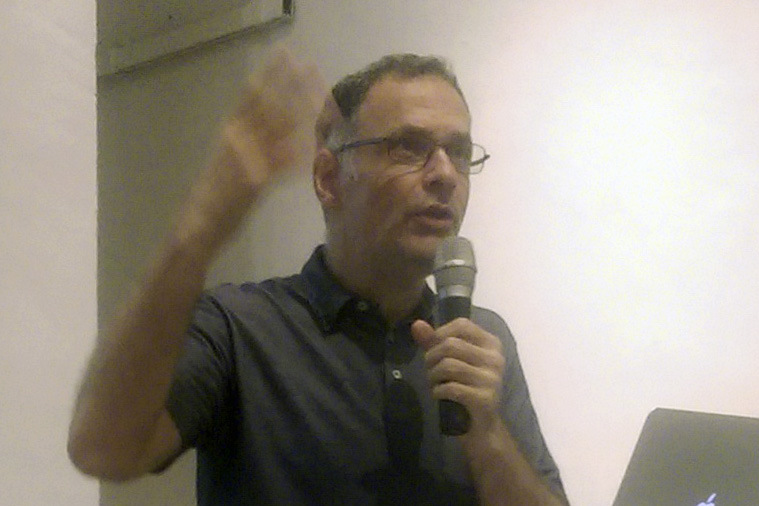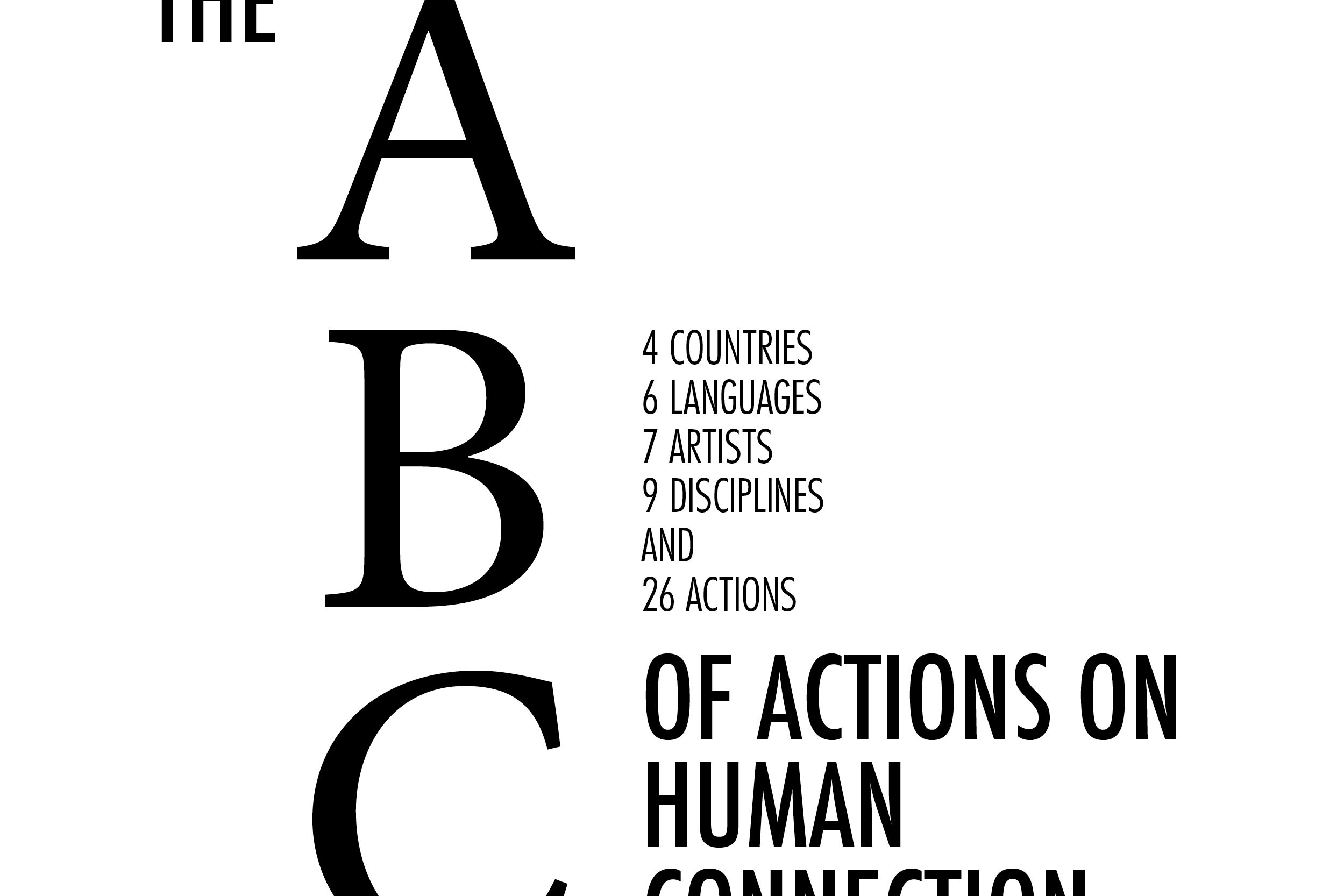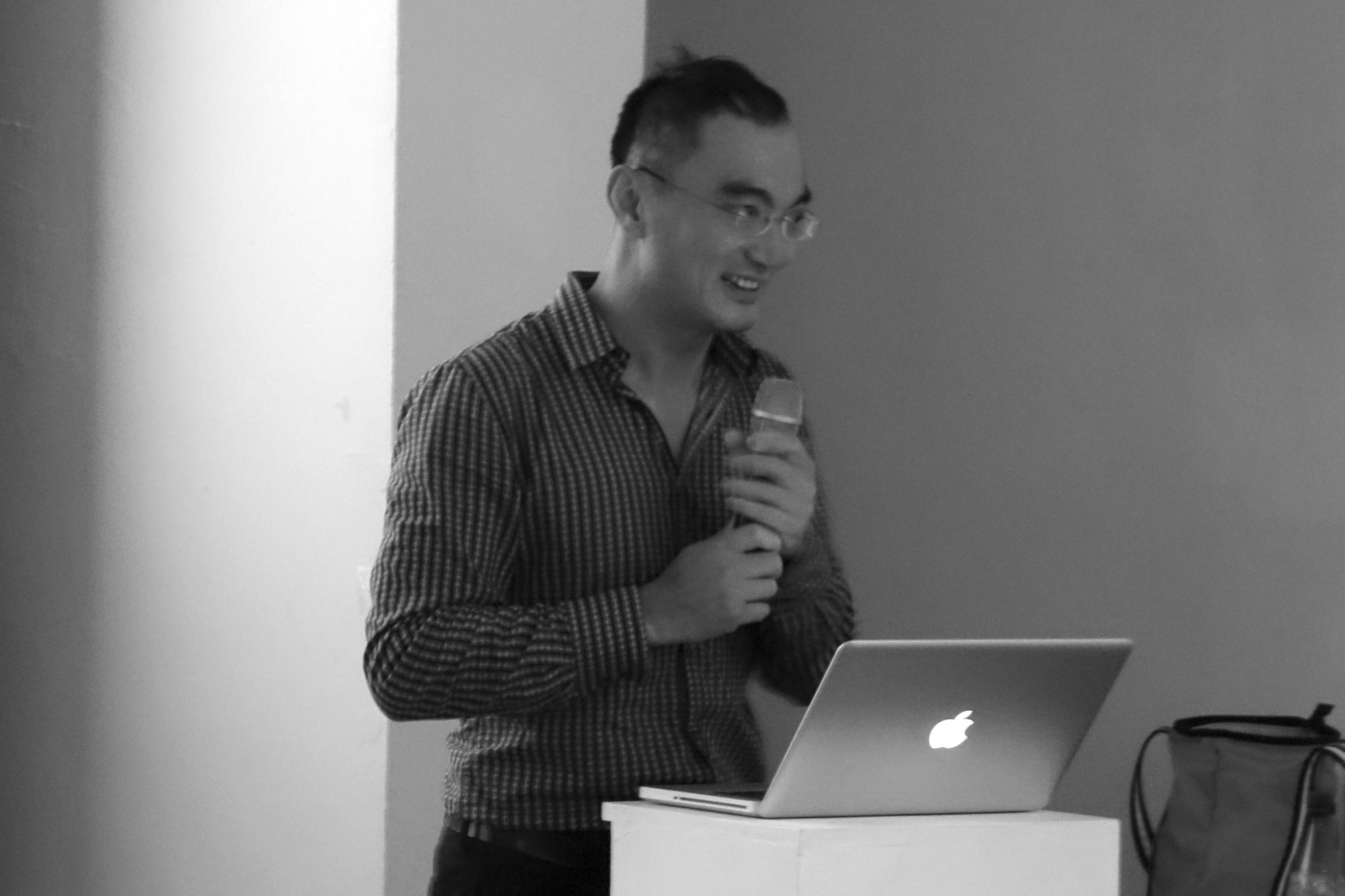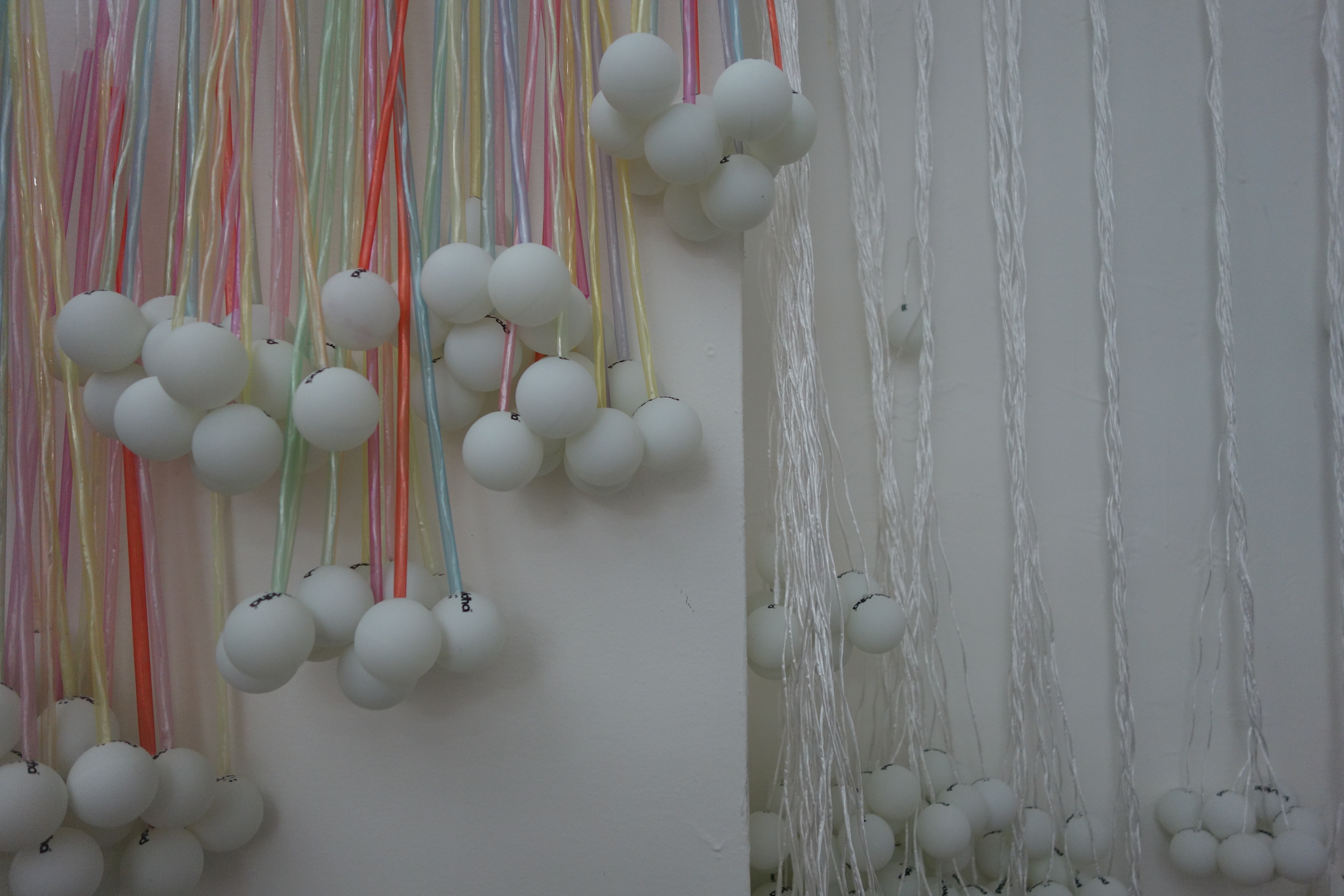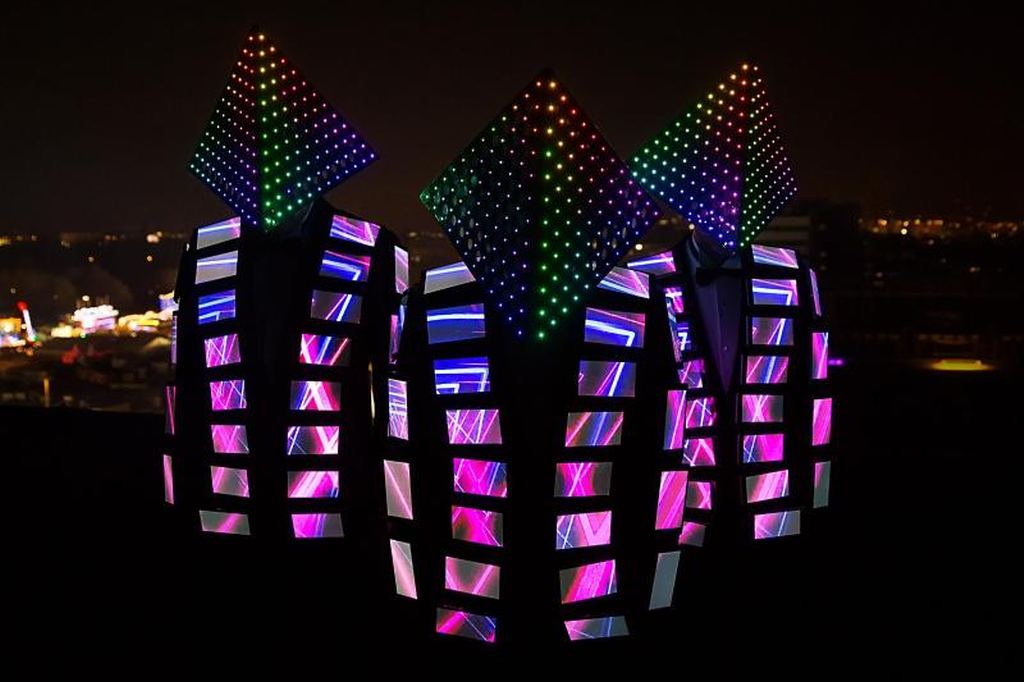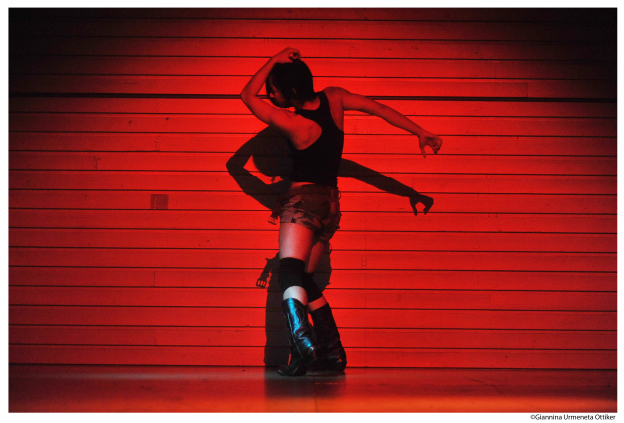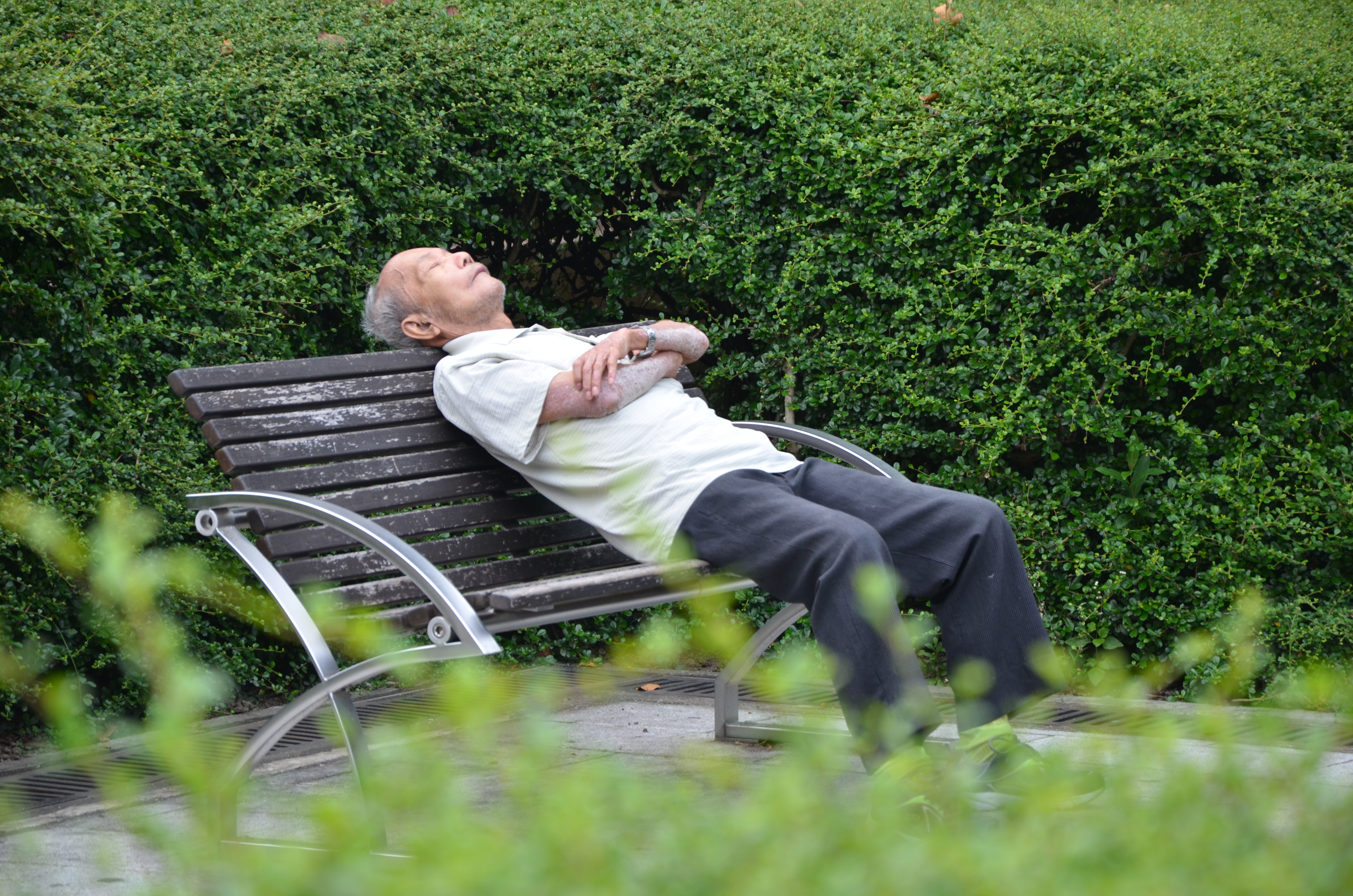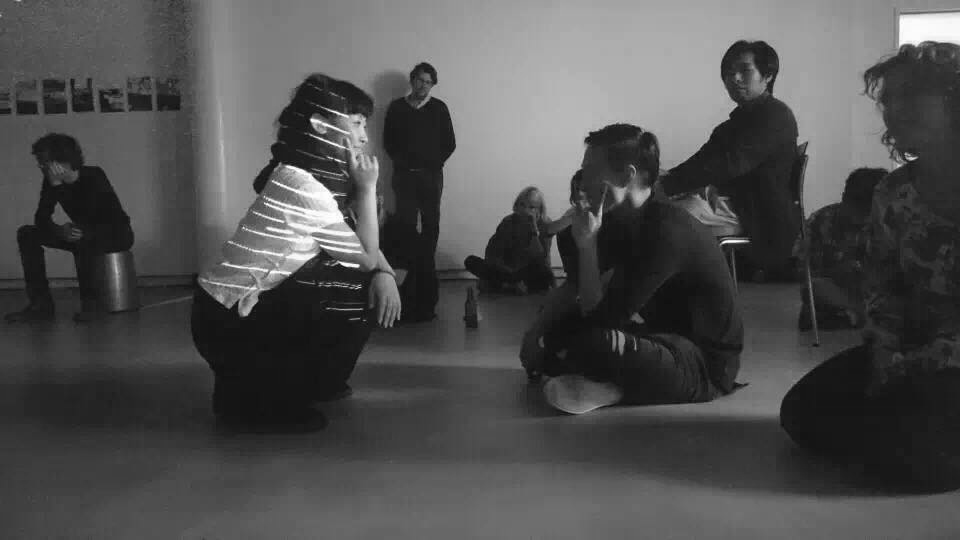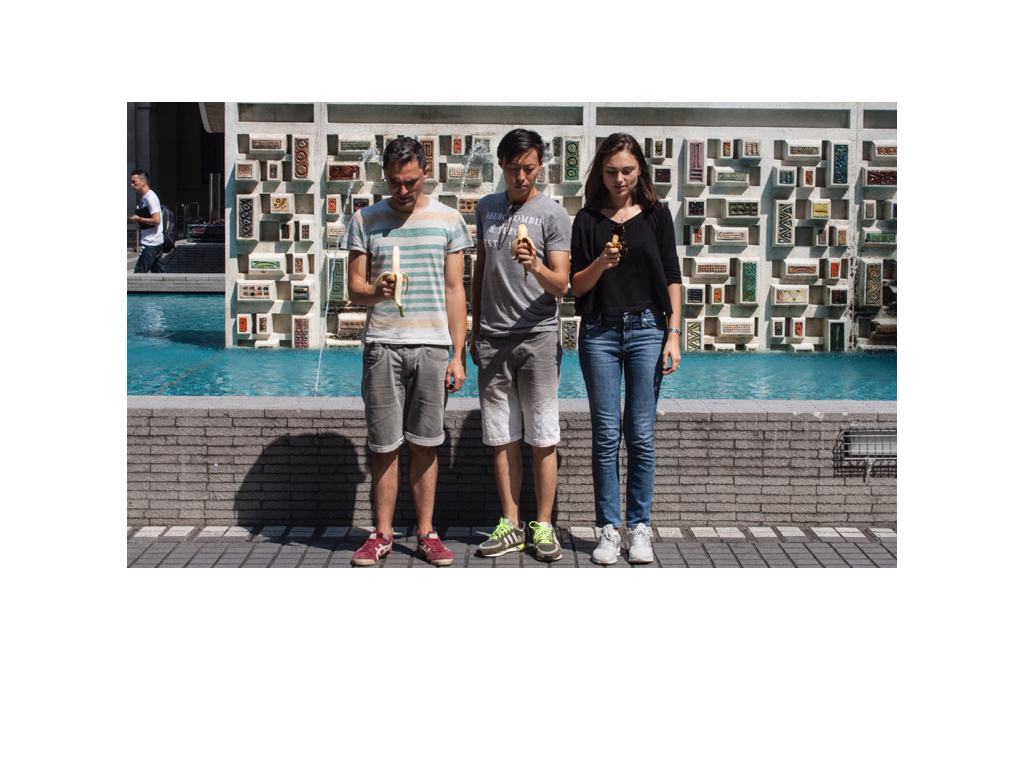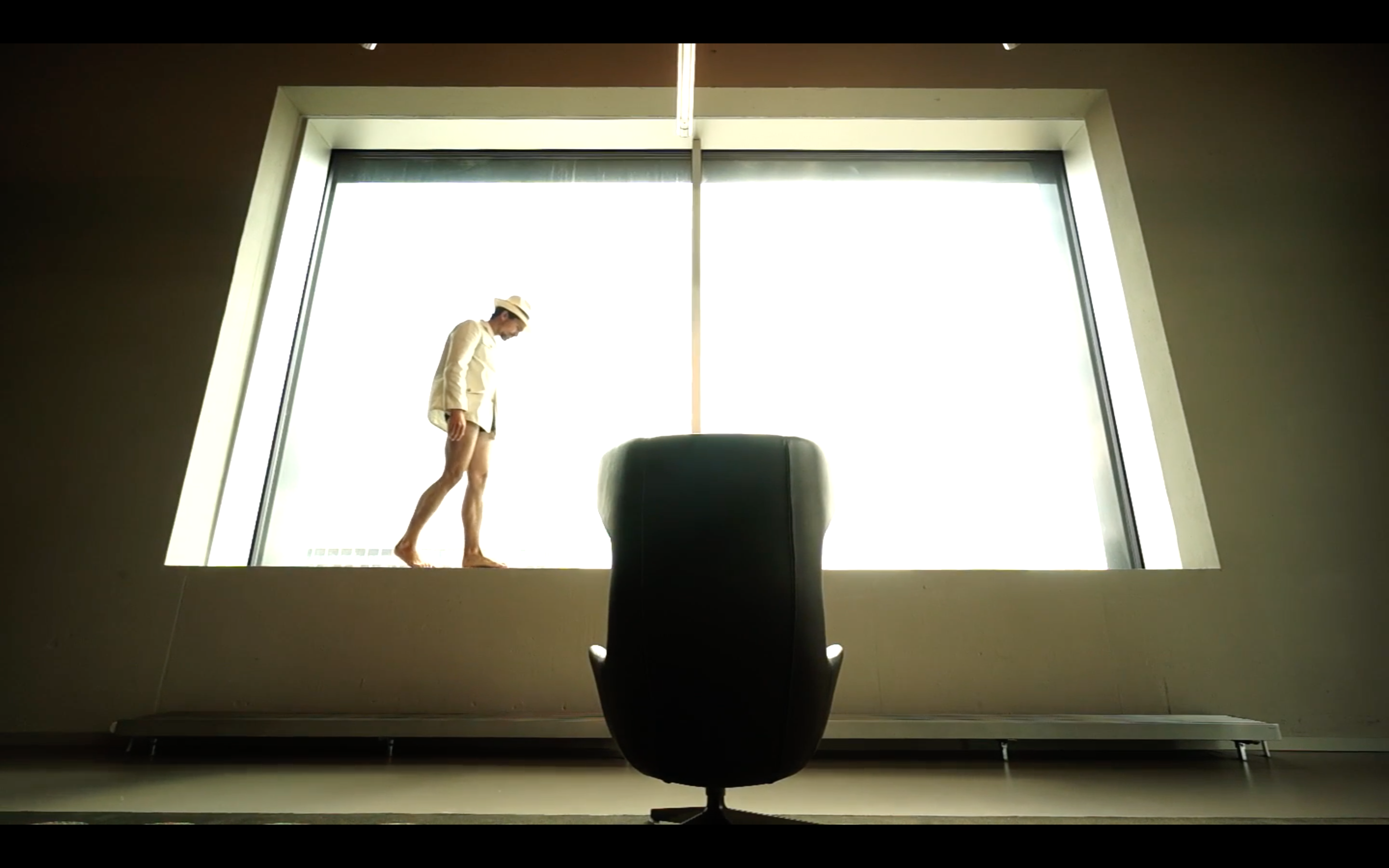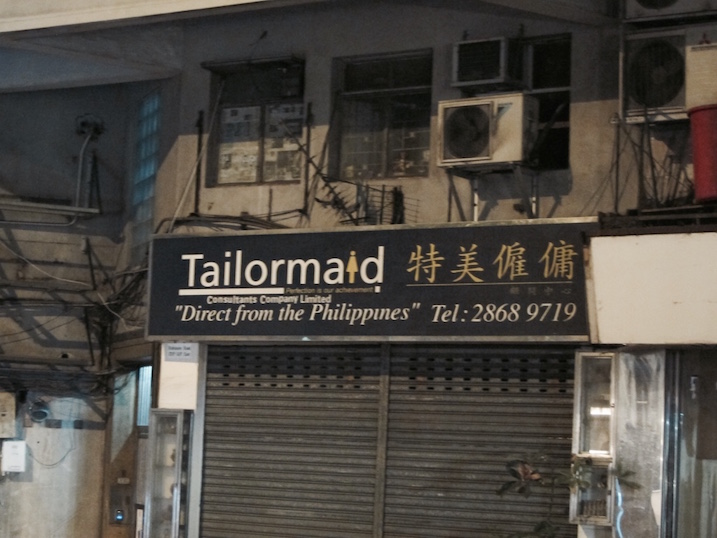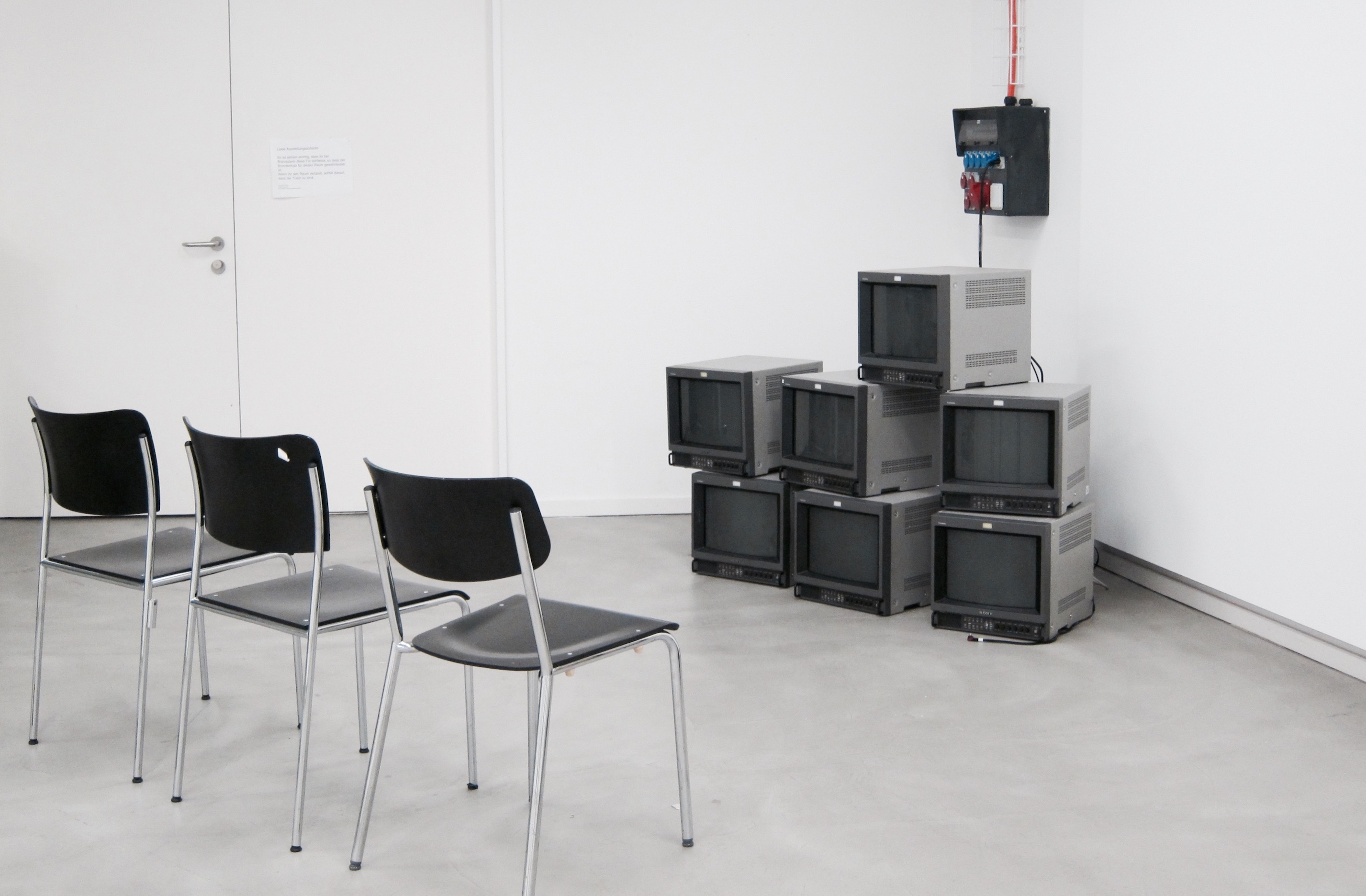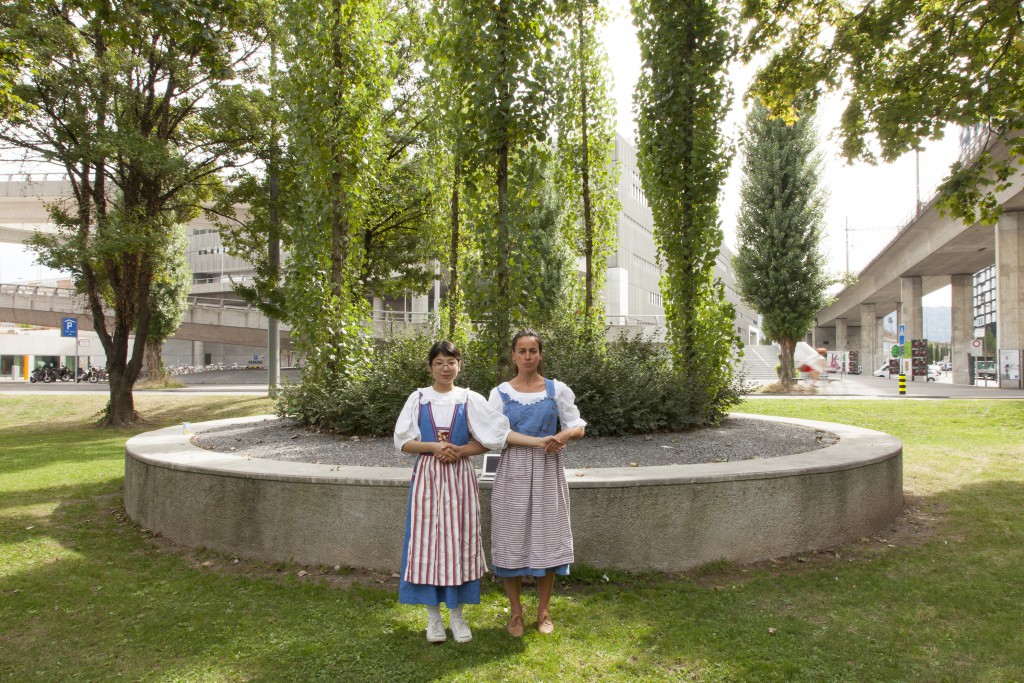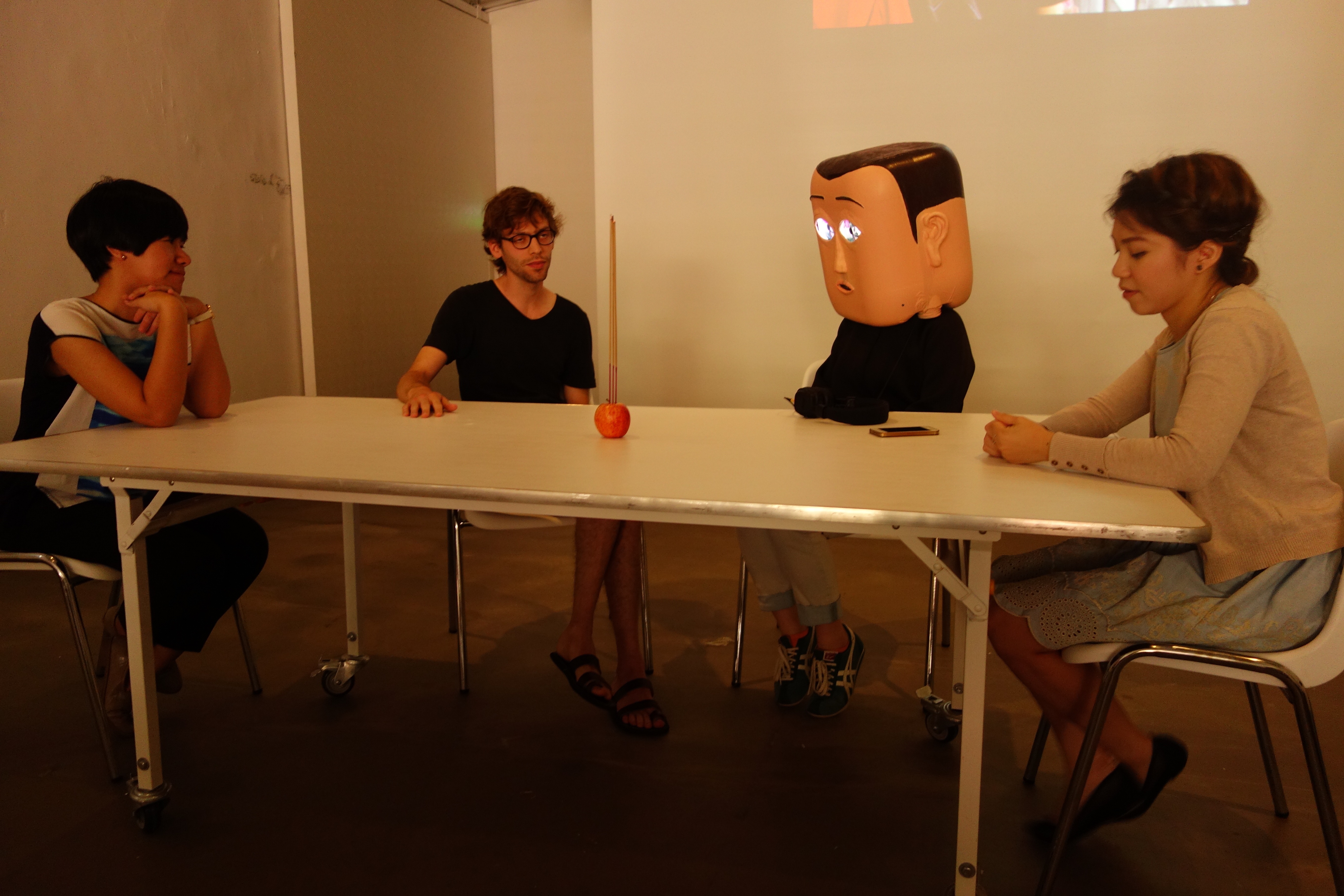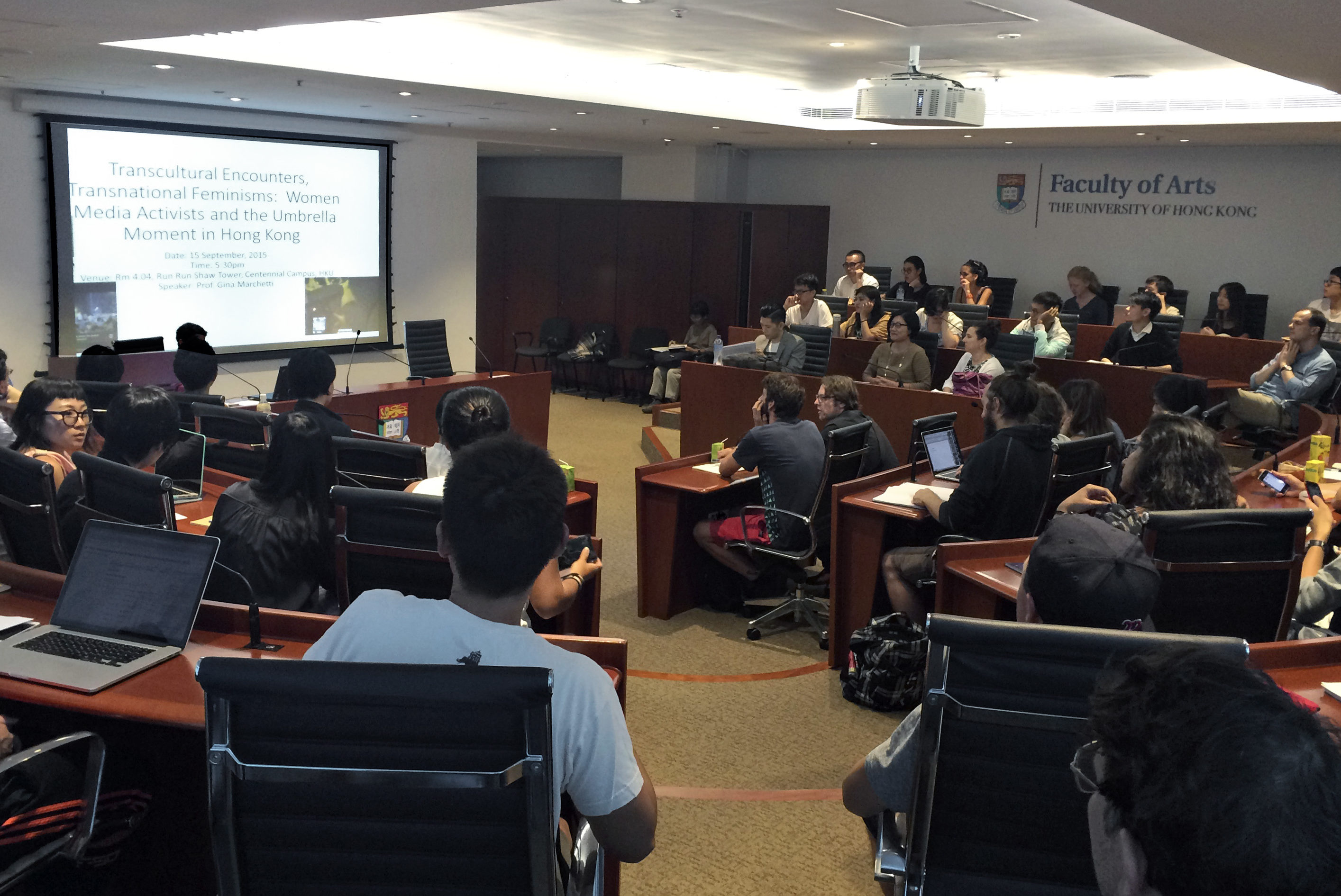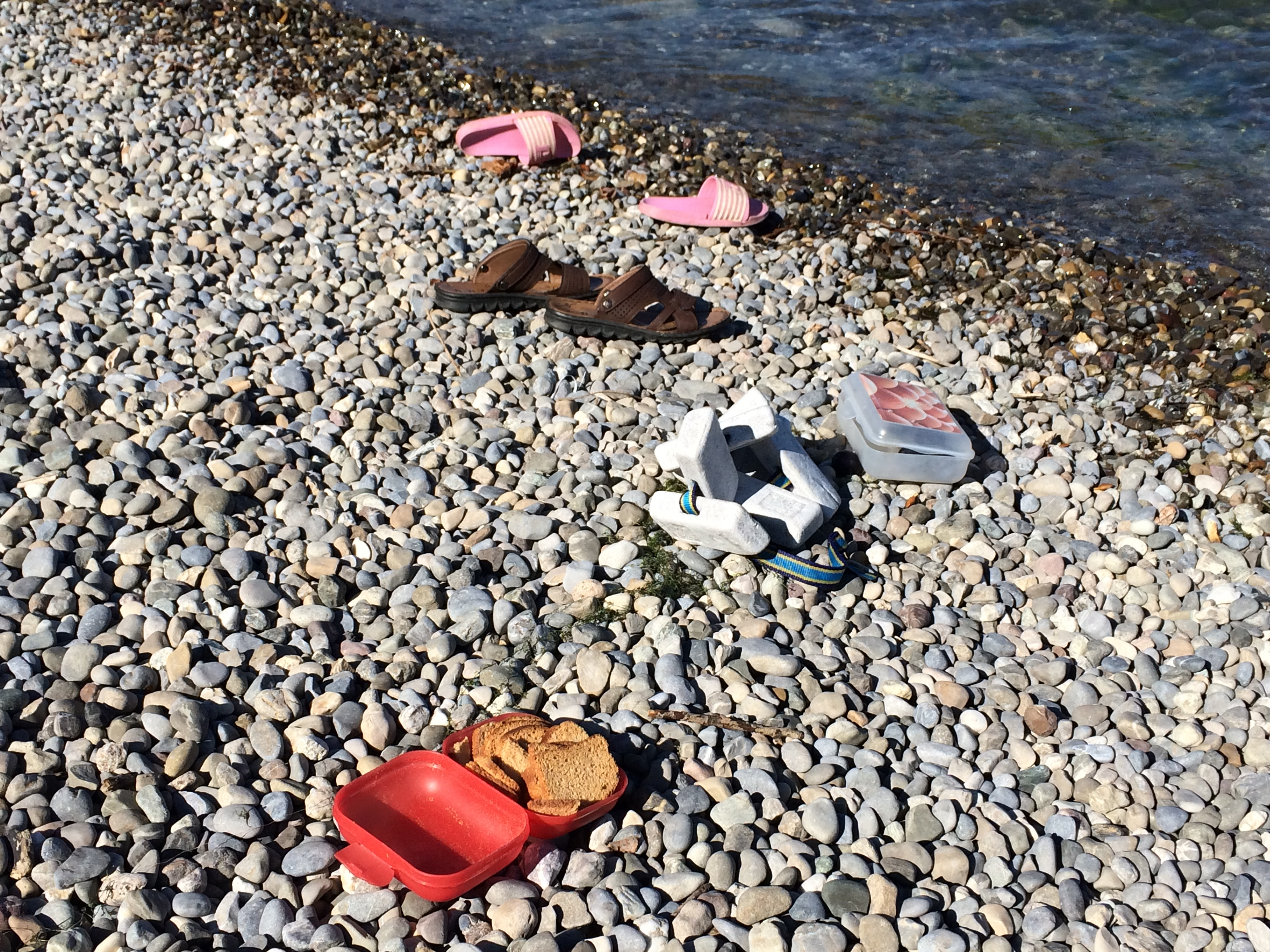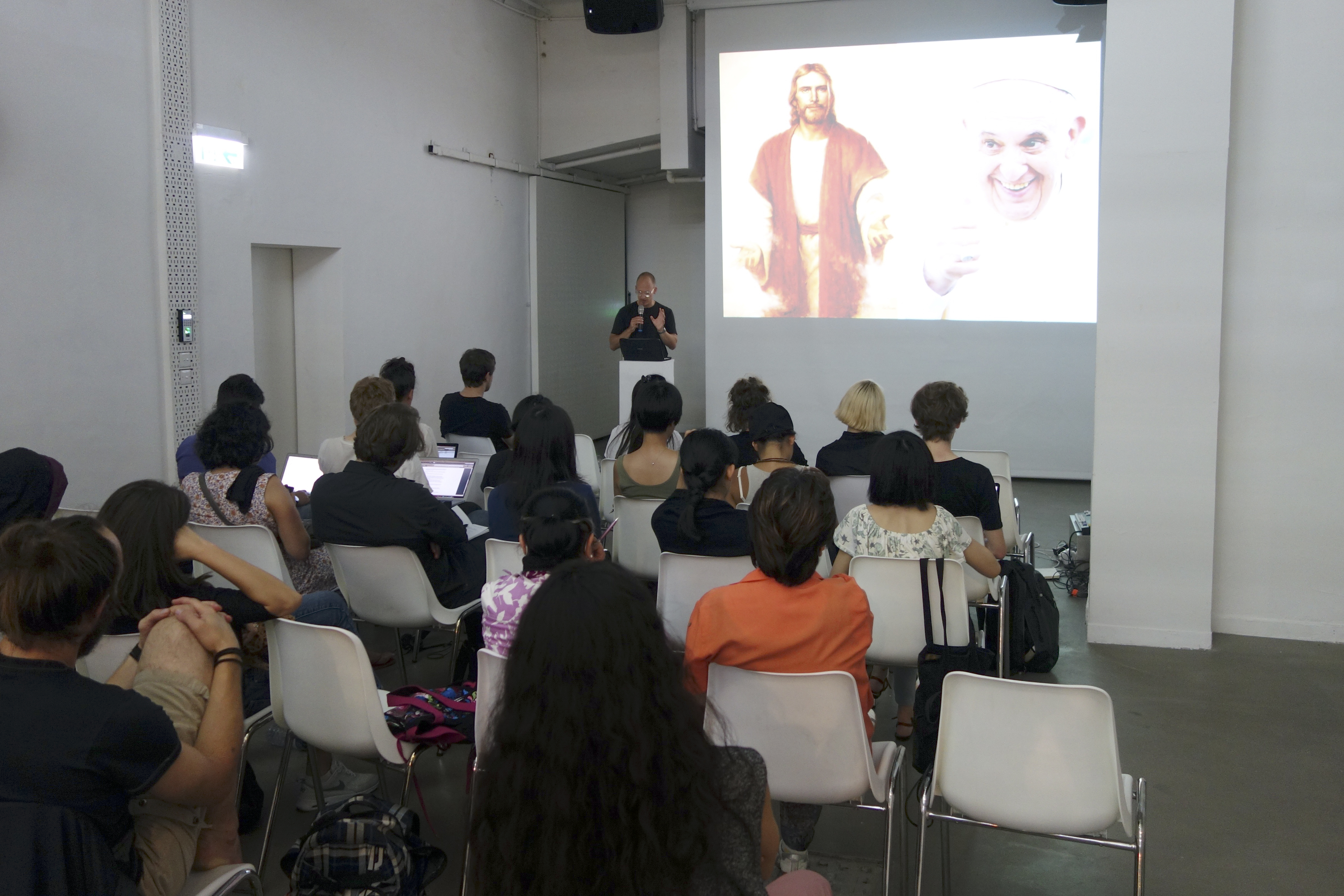Lecture by Lin Hongjohn
Curator and Chairperson of Fine Arts Dep, Taipei National University of the Arts, Taiwan
In 1703 the high society of London there appeared George Psalmanaazaar who claimed himself a Formosan to be abducted by a Christian missionary. In his book, An Historical and Geographical Description of Formosa (1704) , described Formosa to be a country of abundant resources, governed by a Japanese ruler. In this fictive book, Formosan people was almost half-naked, only wearing silver plates over their private parts. Horses, camels, and elephants were domesticated for transportation. One of the high peaks of the book was that every year Formosans sacrificed the eldest sons to their gods, and even in the second edition (1705), Formosan were exaggerated as cannibals, who ate those were sacrificed and executed. Being a celebrity of his exotic oriental identity and feted by all the literary and philosophical lions of London, Psalmanaazaar were even invited to teach Formosan in Oxford University. Psalmanaazaar was the beau monde in the celebrities of London.

